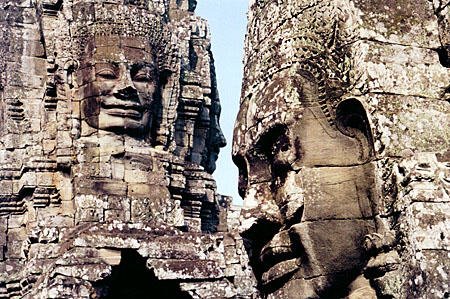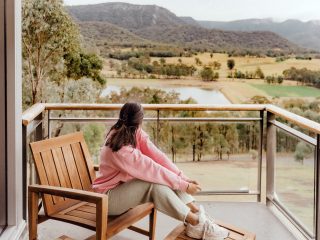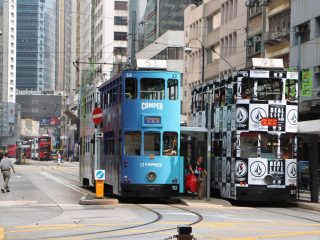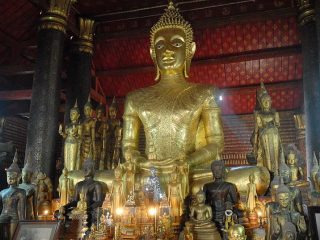The Bayon, also known as the Prasat Bayon, is a renowned and well ornamented Khmer temple that lies within the ancient capital city of Angkor, Cambodia. The temple was built some where between the late 1100s to the early 1200s. The temple served as the official state temple during the reign of King Jayavarman II, the king was a Mahayana Buddhist. The temple has been located such that it lies at the heart of the capital, Jayavarman’s Angkor Thom. Subsequent to the demise of King Jayavarman II, his predecessors who were either Hindus or Theravada Buddhists made changes to the Bayon according to their belief systems.
 The most striking and memorable architectural feature of the Bayon is without doubt the humongous faces that protrude from the higher terrace and crowd together around the central summit. The Bayon temple also features bas-reliefs that tell stories of a rather peculiar fusion of day to day scenes, historical scenes and mythological scenes. The Bayon temple is built upon and designed in the baroque style of Khmer architecture, a seemingly big contrast with the typical classical architectural style that can be witnessed at the Angkor Wat, the iconic image of Cambodia that can be seen to epitomize the Cambodian culture.
The most striking and memorable architectural feature of the Bayon is without doubt the humongous faces that protrude from the higher terrace and crowd together around the central summit. The Bayon temple also features bas-reliefs that tell stories of a rather peculiar fusion of day to day scenes, historical scenes and mythological scenes. The Bayon temple is built upon and designed in the baroque style of Khmer architecture, a seemingly big contrast with the typical classical architectural style that can be witnessed at the Angkor Wat, the iconic image of Cambodia that can be seen to epitomize the Cambodian culture.
While on tour through the ruins of the Bayon temple one must also visit the various other surrounding ruins. A stay at a Siem Reap hotel would be the best idea due to accommodation and proximity to the sites. Nonetheless a stay at a luxury hotel in Siem Reap is recommended, the visitor can enjoy the luxurious amenities while touring the ruins of Angkor.




